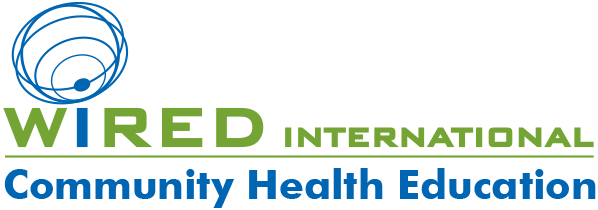BY ALLISON KOZICHAROW; EDITED BY BERNICE BORN
(Archived story. Original version is here.)
On January 21, the World Health Organization (WHO) released a list of ten threats (see sidebar) impacting global health, which WHO and its partners will focus on in 2019.
According to WHO, “The world is facing multiple health challenges. These range from outbreaks of vaccine-preventable diseases like measles and diphtheria, increasing reports of drug-resistant pathogens, growing rates of obesity and physical inactivity to the health impacts of environmental pollution and climate change and multiple humanitarian crises.”
WiRED International recognizes that many of these threats are interwoven into our work, actions and mission. In response to these pressing topics, we plan to feature many of these issues or refer to them when appropriate in upcoming stories on our website in the New Year.
WHO’s Ten Threats to Global Health in 2019
- Air pollution and climate change.
- Noncommunicable diseases. Noncommunicable diseases, such as diabetes, cancer and heart disease, are collectively responsible for more than 70% of all deaths worldwide, or 41 million people.
- Global influenza pandemic. The world will face another influenza pandemic; the only thing unknown is when it will hit and how severe it will be.
- Fragile and vulnerable settings. More than 1.6 billion people (22% of the global population) live in places where protracted crises (through a combination of challenges such as drought, famine, conflict and population displacement) and weak health services leave them without access to basic care.
- Antimicrobial resistance. Antimicrobial resistance — the ability of bacteria, parasites, viruses and fungi to resist these medicines — threatens to send medicine back to a time when infections such as pneumonia, tuberculosis, gonorrhea and salmonellosis were not easily treatable.
- Ebola and other high-threat pathogens.
- Weak primary health care.
- Vaccine hesitancy. Vaccine hesitancy — the reluctance or refusal to vaccinate despite the availability of vaccines — threatens to reverse progress made in tackling vaccine-preventable diseases.
- Dengue. Dengue, a mosquito-borne disease that causes flu-like symptoms and can kill up to 20% of those with severe dengue, has been a growing threat for decades. An estimated 40% of the world is at risk of dengue fever, and there are around 390 million infections a year.
- HIV. Despite progress against HIV, nearly a million people die every year from HIV/AIDS.
Source: WHO


